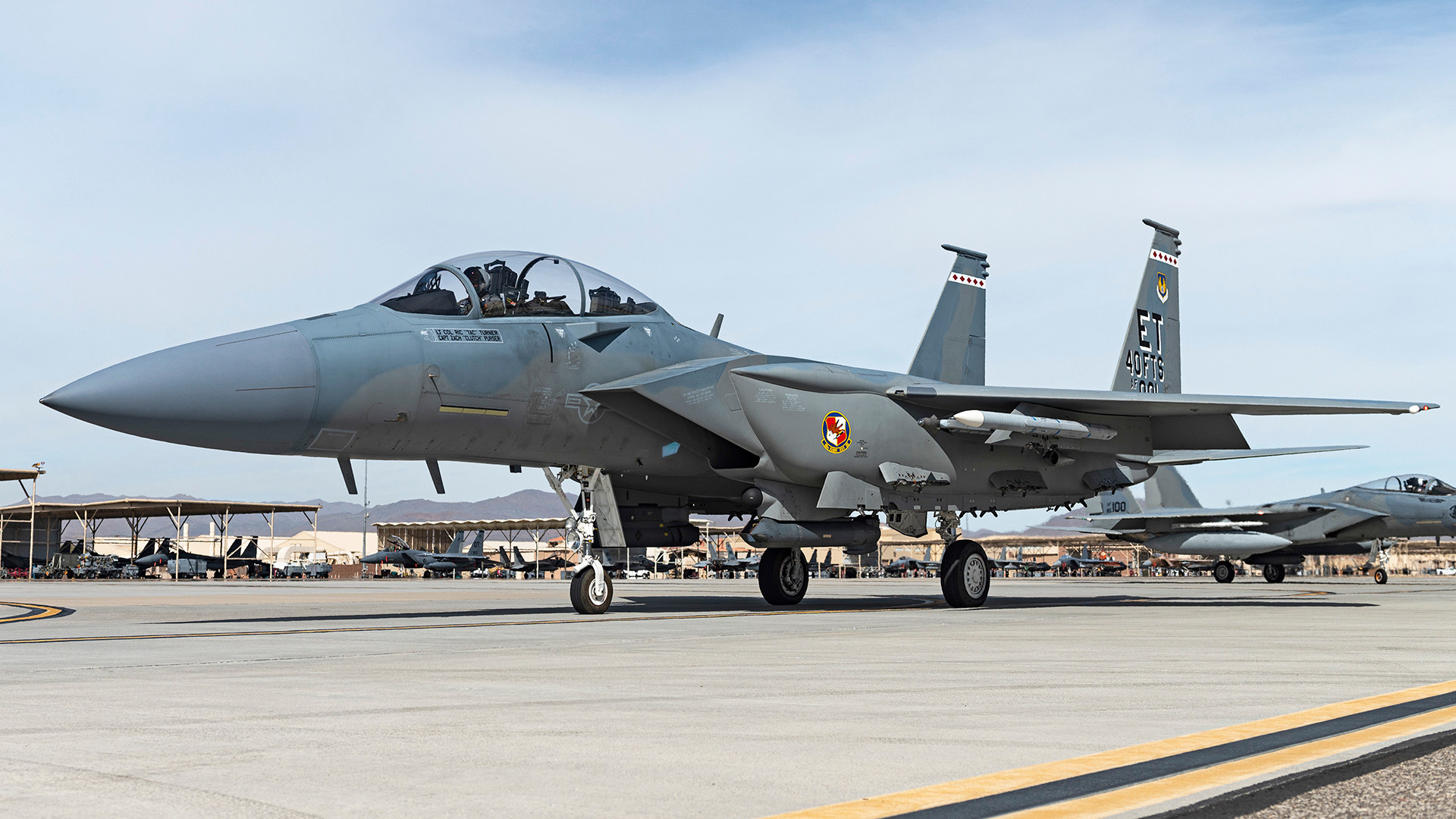The U.S. Air Force has announced plans to station F-15EX Eagle II combat jets at bases in California and Louisiana. Previously, it had only confirmed that these jets would be headed to units in Oregon. This brings some new clarity to the service’s overall plans for these aircraft, which it currently expects to buy a total of 104 of in the coming years, but also many new questions.
The Office of the Secretary of the Air Force issued a press release today saying the service had chosen Fresno Air National Guard Base in California and Naval Air Station Joint Reserve Base New Orleans in Louisiana as preferred locations to host squadrons of 18 F-15EXs each. Those two bases currently host units belonging to the California and Louisiana Air National Guards, the 144th Fighter Wing and 159th Fighter Wing, respectively, equipped with older F-15C/D Eagle fighters. The Air Force is in the process of retiring all of its older ‘air superiority’ Eagles.

The announcement also says that the Air Force has chosen Barnes Air National Guard Base in Massachusetts to host a future squadron of 18 F-35A Joint Strike Fighters. Another F-15C/D unit, the 104th Fighter Wing, within the Massachusetts Air National Guard is currently based at Barnes. This appears to be in line with the Air Force’s previous, if puzzling decision to convert the Florida Air National Guard’s 125th Fighter Wing from Eagles to Joint Strike Fighters.
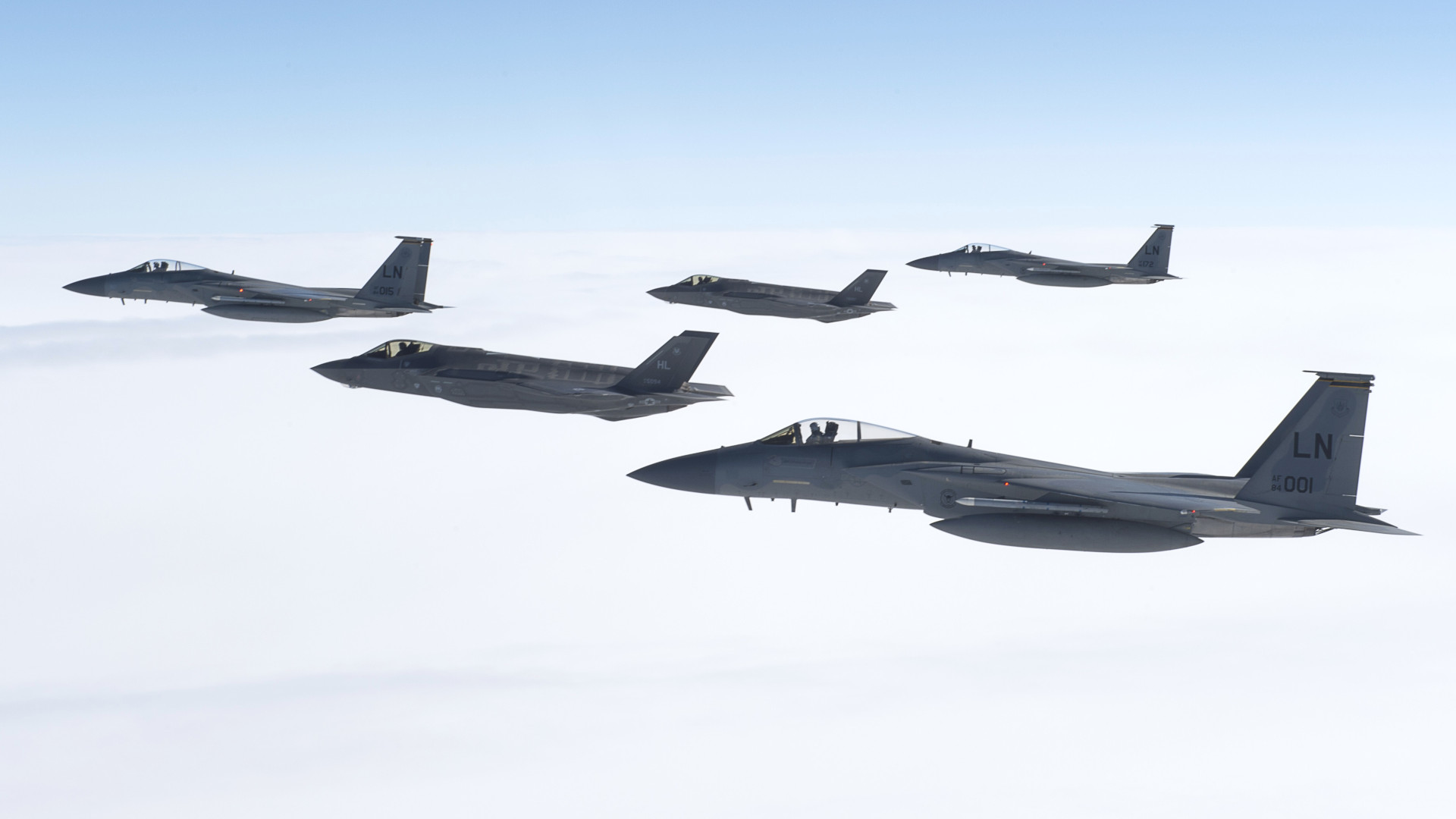
“The decision to host the next F-35As and the F-15EXs at their respective bases came after conducting site surveys at each location, assessing the location’s ability to facilitate the mission and infrastructure capacity, while accounting for community support, environmental factors and cost,” according to the press release. “The Department of the Air Force will conduct environmental impact analyses at each base, which are expected to be completed in spring 2024 before a final decision is made.”
Prior to this, the Air Force had only announced plans to re-equip the Oregon Air National Guard’s two F-15C/D units with F-15EXs. In addition to a combat-coded Eagle squadron at Portland Air National Guard Base, Oregon is also home to the schoolhouse squadron that serves as the training pipeline for these jets. This unit, based out of Kingsley Field in Klamath Falls, is currently the only F-15C/D training unit in the United States.
At this time, the Air Force has just two F-15EXs, which are being used for research and development and test and evaluation purposes.
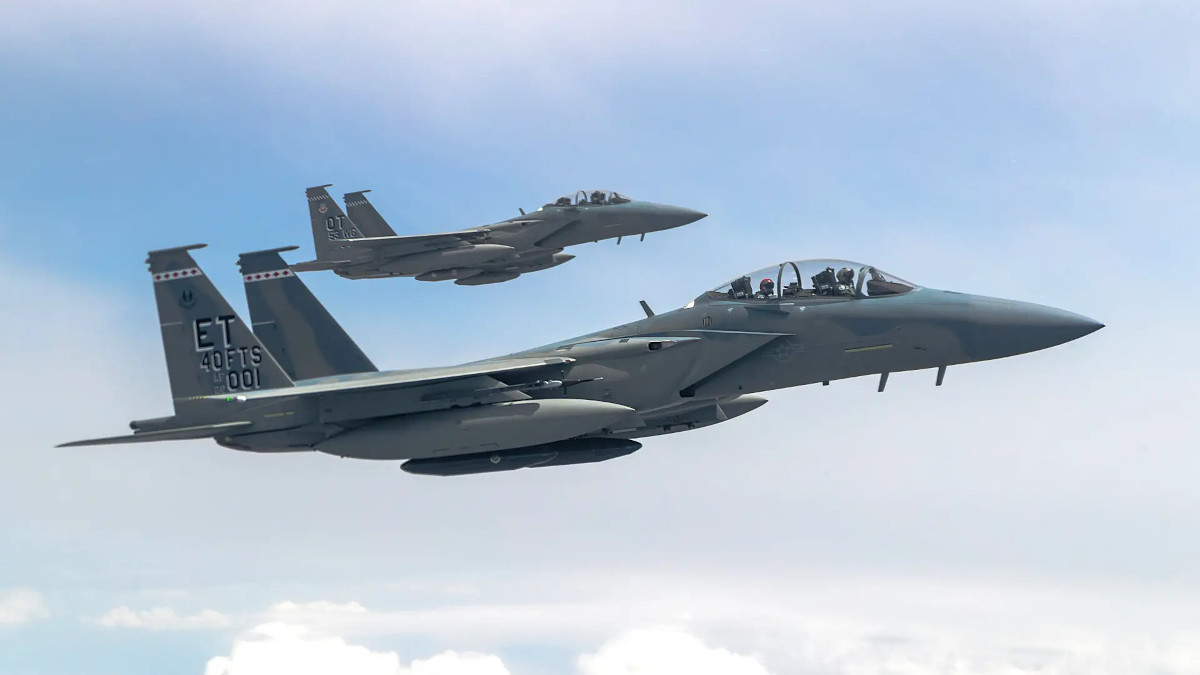
While the basing news does provide additional details about the Air Force’s overall F-15EX plans, the full picture remains murky. If the three planned combat-coded Eagle II squadrons each have 18 aircraft, and the school, which has different requirements, has slightly fewer, this leaves roughly two squadrons worth of jets still to be assigned.
The Air Force has already decided to shutter all active-duty F-15C/D squadrons. It has supplanted the ones that had been in the United Kingdom with F-35As, but rotational deployments of other fighter jets, including F-22 Raptor stealth fighters, are currently filling in for the units previously forward deployed in Japan.
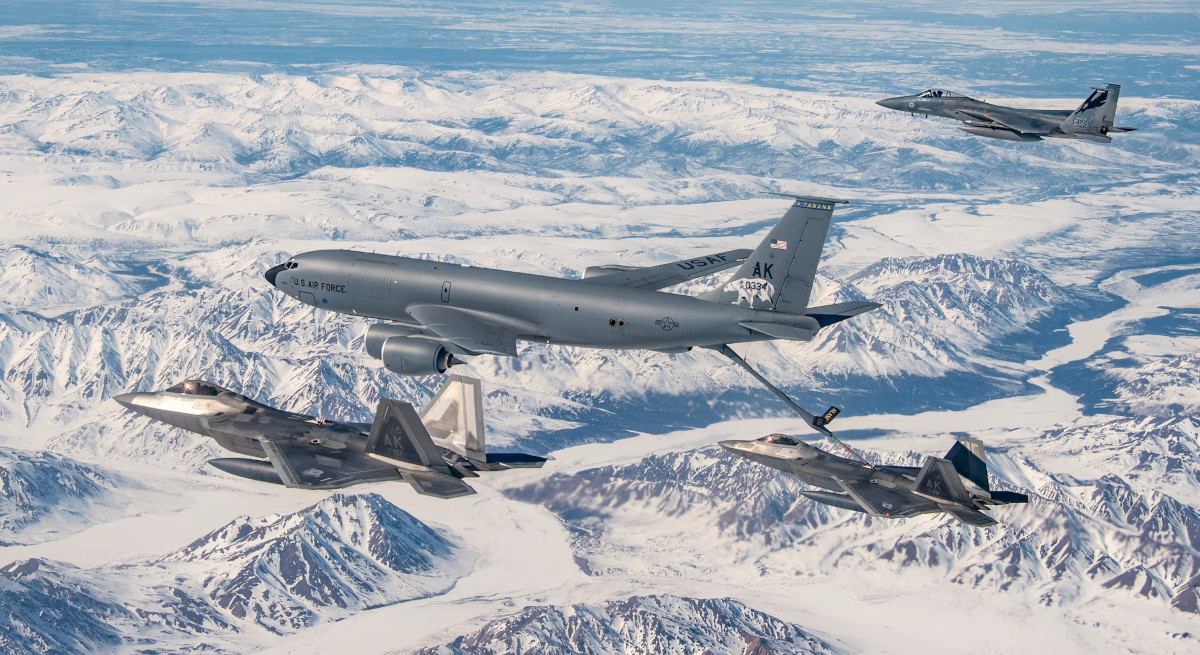
There are a number of potential courses for what the Air Force could do with the remaining F-15EX jets.
One possibility is that the Air Force could create F-15EX units in the Pacific region to more permanently fill the gap left by the inactivation of the two F-15C/D squadrons at Kadena Air Base on the Japanese island of Okinawa. This could also help more broadly with the likely necessary realignment of fighter units that will come as the service moves to retire its F-22 fleet.

Another possibility is that the additional F-15EXs could be used to bolster the F-15E Strike Eagle community, which is relatively small, but heavily in demand. The Air Force is reportedly planning major cuts to its Strike Eagle fleet in the coming years. This would involve getting rid of the roughly half of that fleet that is equipped with less powerful engines.
Similarly, Air National Guard units, in particular, will be in need of new aircraft, if not new missions, as the Air Force works to retire the last of its A-10 Warthog ground attack aircraft. The Indiana Air National Guard’s 122nd Fighter Wing is already in the process of converting to the F-16C/D Viper fighter jet as a result.
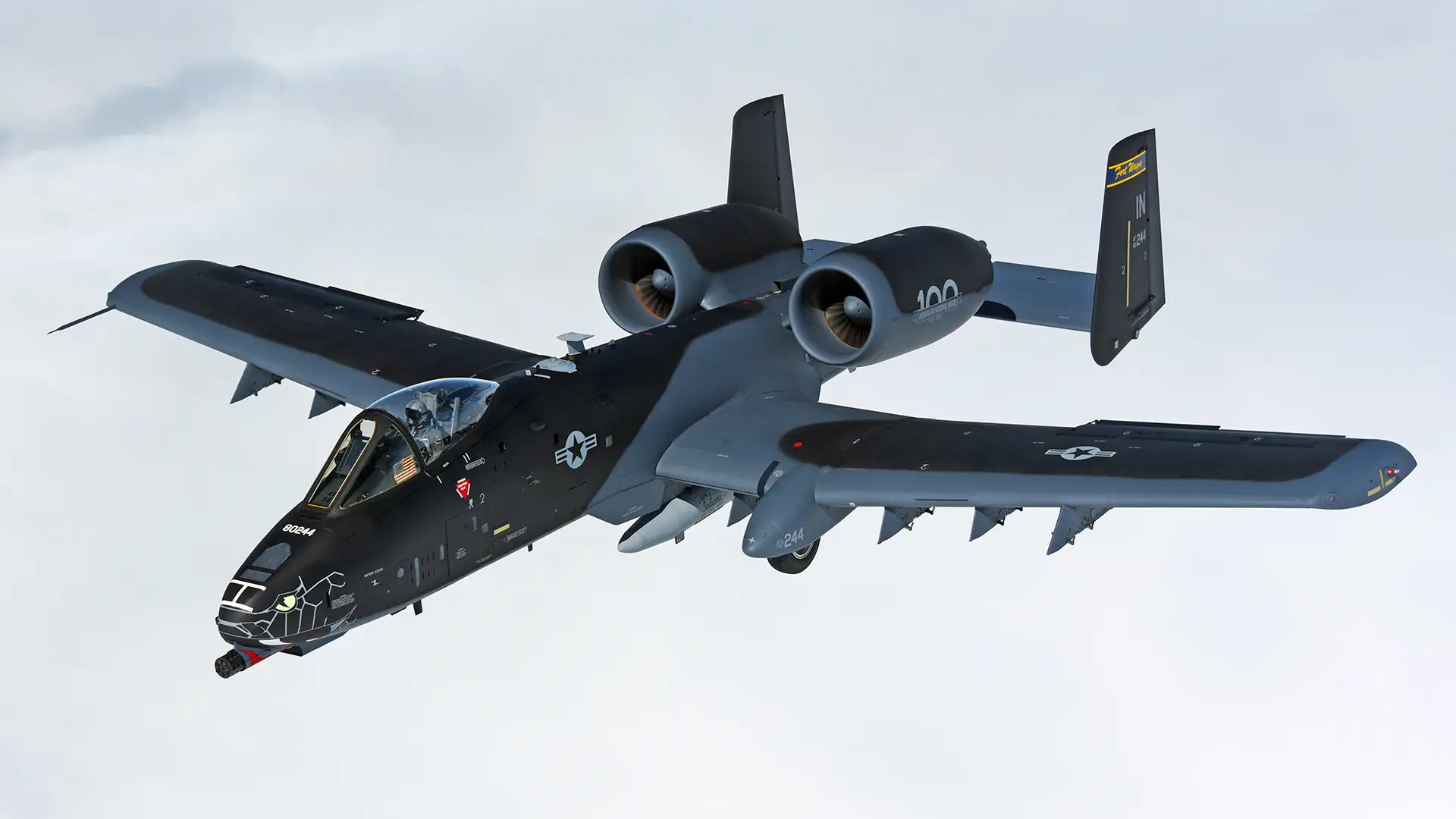
“We’re bringing fighters into the force faster than we had planned a year ago, but still not at a pace that can replace every fighter, one for one, as they retire,” Secretary of the Air Force Frank Kendall said just today during a hearing before a subcommittee of the Senate Appropriations Committee. “What we’re trying to do wherever we’re retiring aircraft, particularly in the Guard, is replace programs with like programs, fighters with fighters, where we can. If we can’t do that, then we try to bring in a flying mission so there’s still a flying mission. And if we can’t do that, then we want to bring in a mission that is important to the Department [of the Air Force] and that the Guard can perform.”
Some portion of these unaccounted-for jets could be explained away by requirements for a ‘float’ to ensure steady operations at units while some aircraft are down for extended periods due to significant maintenance or other reasons. Historically, Air Force F-15C/D units have had 21 aircraft, three of which formed an organic backup reserve. But at this time, it appears that these will be 18 aircraft squadrons in total. The better availability of the new F-15EXs should offset this reduction, regardless, but an extra airframe is still an extra airframe. The War Zone has reached out to the Air Force for more information on the exact planned structure of its future Eagle II units.
On top of all this, the future of the F-15C/D schoolhouse squadron within the Oregon Air National Guard is now in limbo. If that unit ends up shuttered entirely, the structure of the F-15EX training pipeline will change, which could lead to requirements to send additional Eagle IIs elsewhere. There has been talk about consolidating F-15E/EX training into a single unit, which would make some sense considering how small both forces are slated to become. Of course, this would also free up some of the jets that would’ve been assigned to that squadron. This would mean there would be at least two more squadrons of F-15EXs available as part of the 104 aircraft total buy.
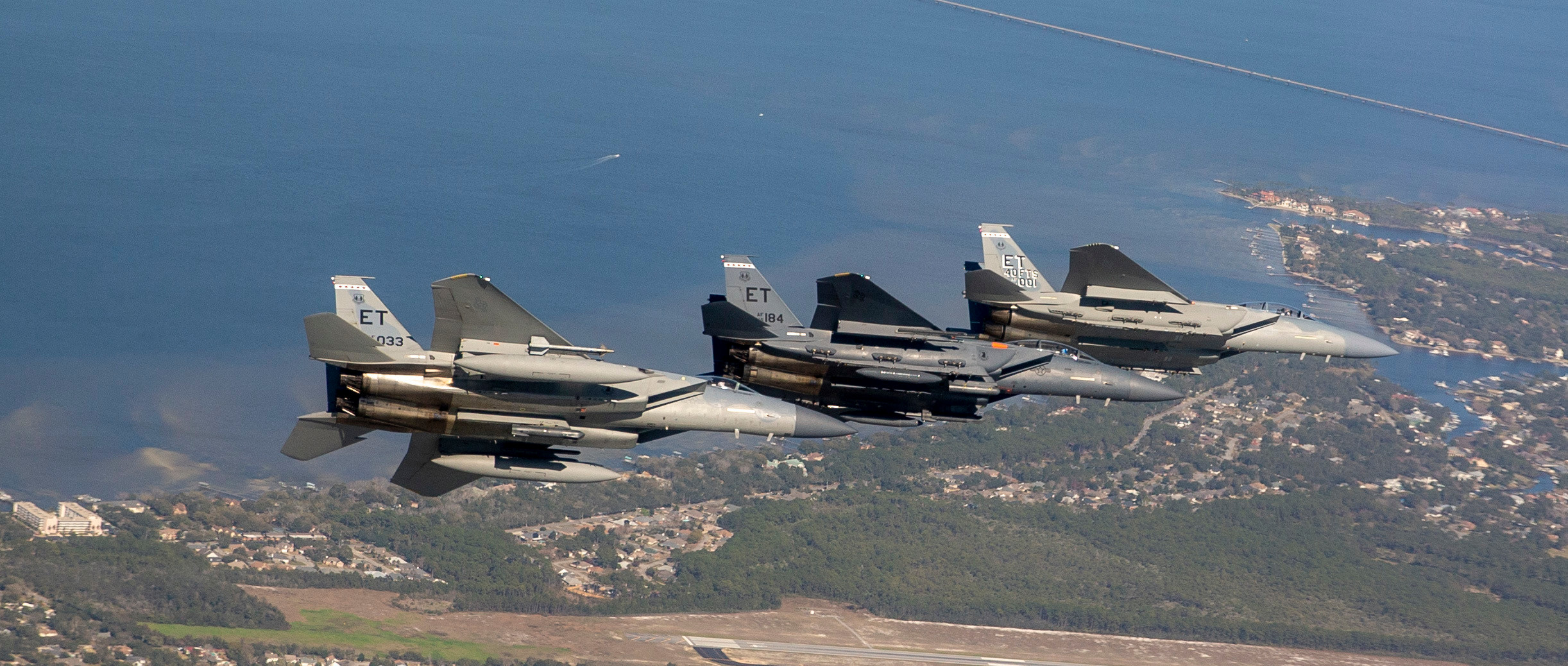
If nothing else, the Air Force’s expected force structure layout now will ultimately feature no East Coast-based F-15s of any kind. Currently, F-15C/Ds are routinely deployed in detachments on that side of the country to support critical domestic air defense requirements, including around Washington, D.C., and the surrounding National Capital Region. This is in addition to two Eagle air defense units on the East Coast that are now going to be switching to F-35As. This is a remarkable turn of events as the F-15EX is meant to provide high-end counter-air capabilities for the homeland defense mission, especially against threats like cruise missiles.
You can read all about the entire F-15EX saga and what options exist for the fleet in this deep-dive piece of ours.
All told, the Air Force’s full plans for its future F-15EXs still have yet to emerge, but we do at least know that additional squadrons with the jets are now set to be based in California and Louisiana.
Contact the author: joe@thedrive.com
